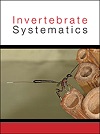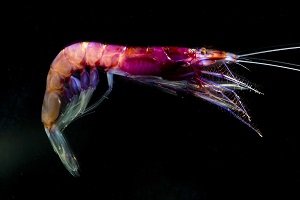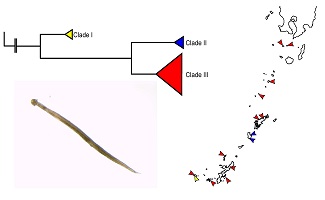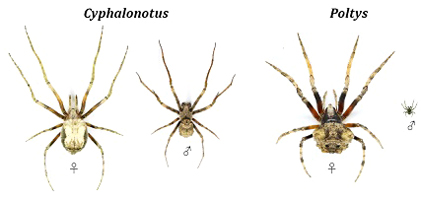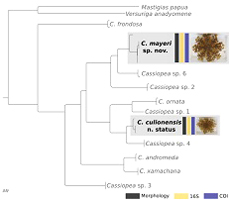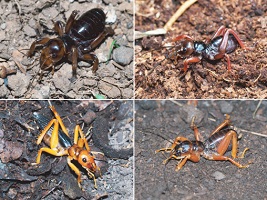
Stenopelmatus is a neglected cricket genus that is widely distributed from central Mexico to central and northern South America. Here we examined mitochondrial and nuclear DNA sequence data to assess the species boundaries in the genus and to investigate its evolutionary relationships and biogeographic history. Thirty-four species that have a marked geographic phylogenetic structure were consistently delimited. We propose four species-groups in Stenopelmatus, whose geographic distribution and divergence times estimates are congruent with the geological processes that took place in central Mexico since the Neogene.


